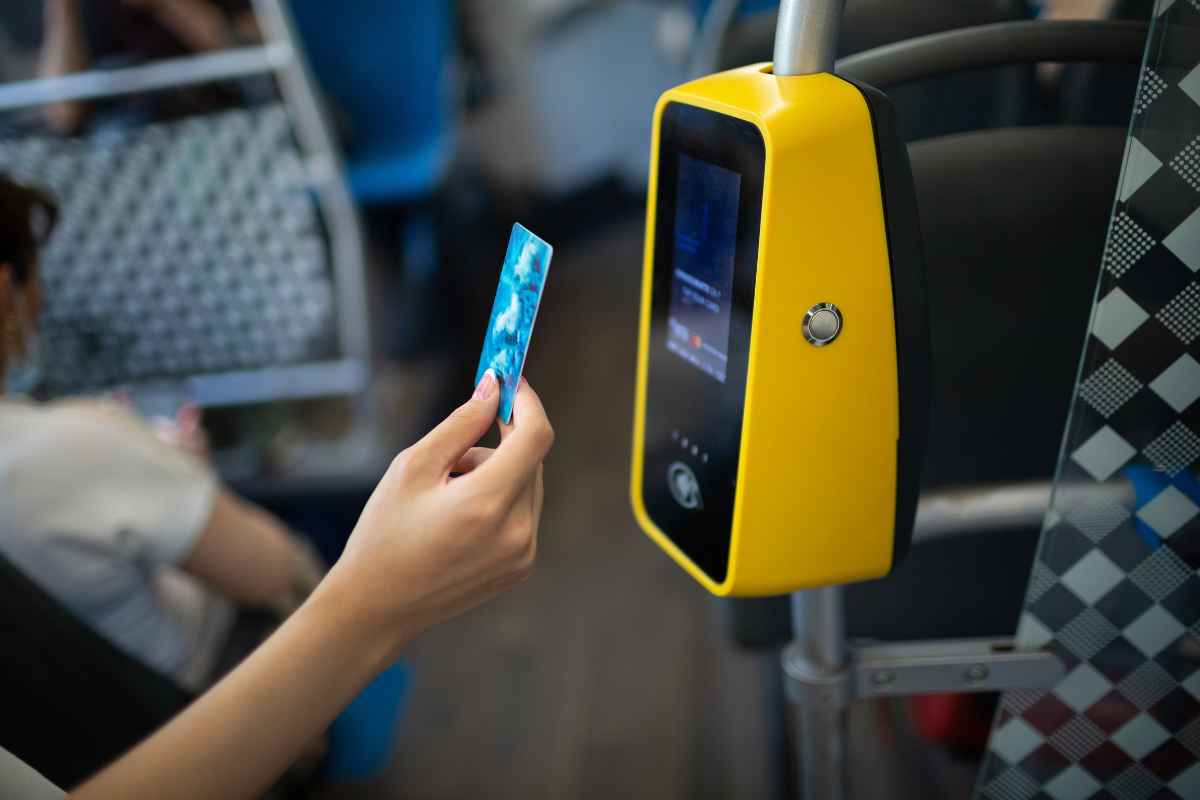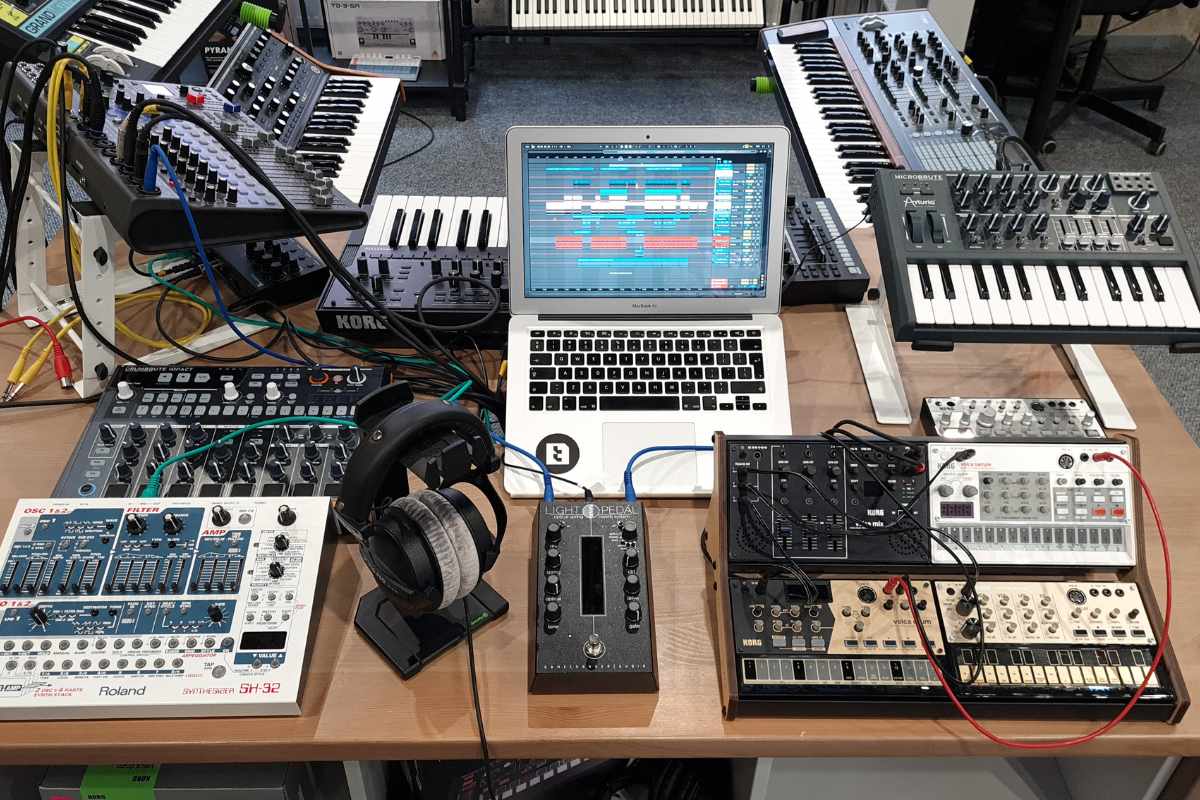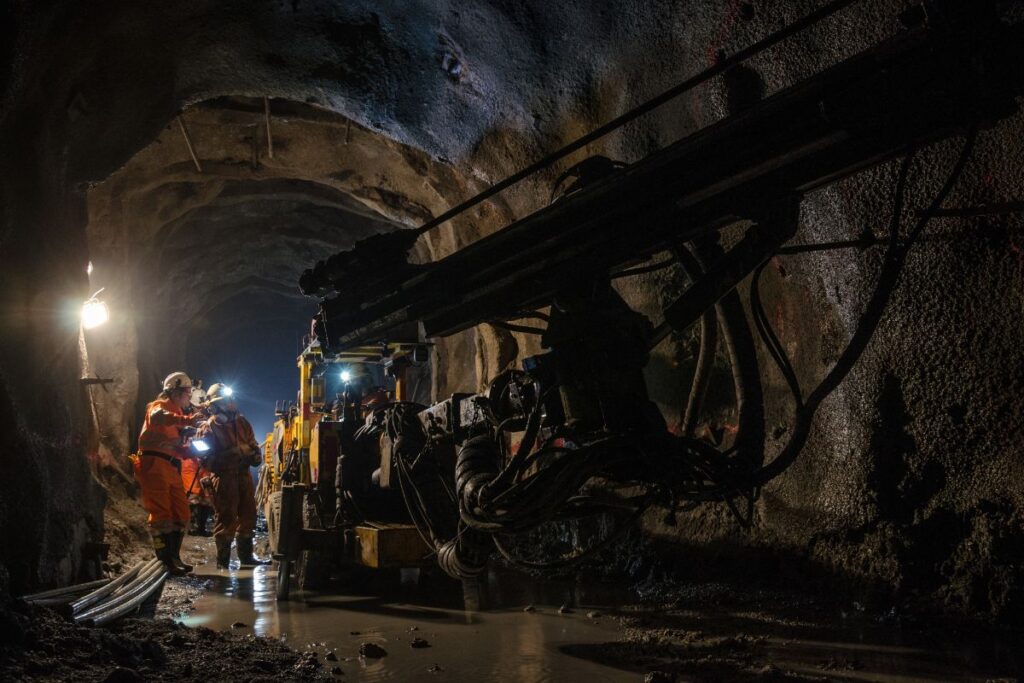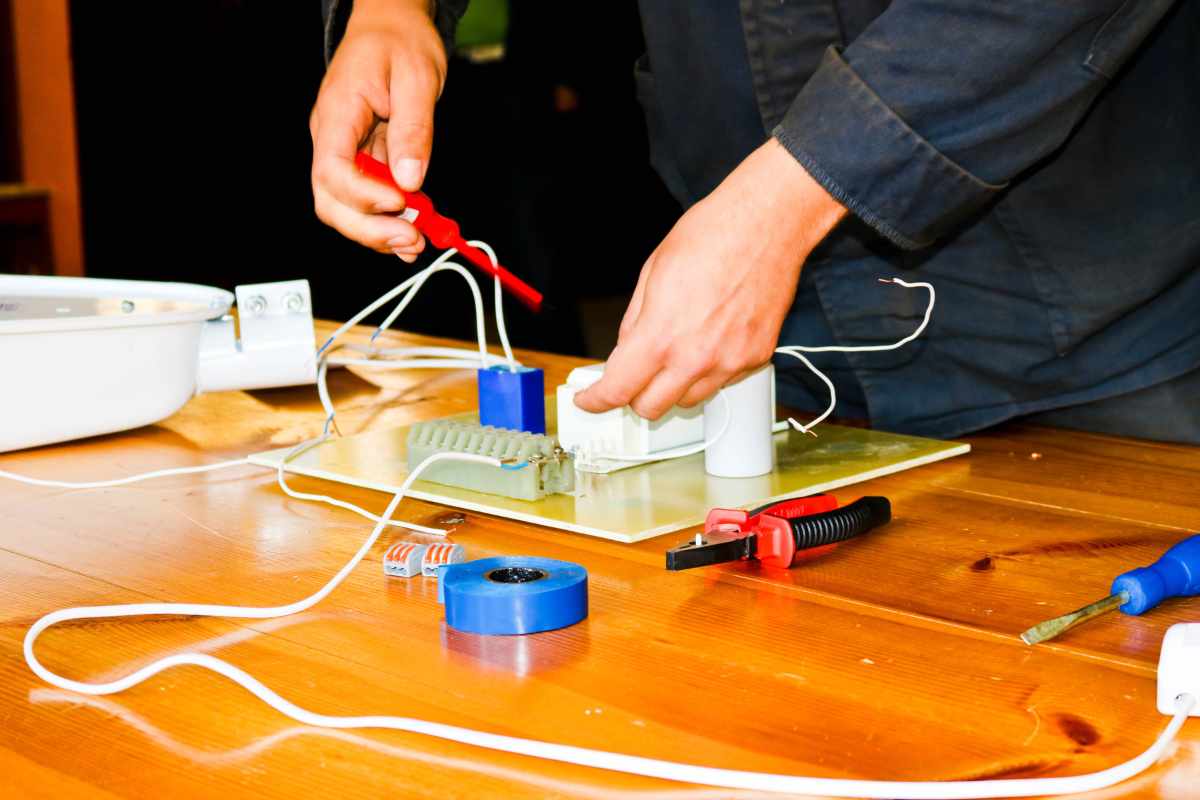Living in a world where efficiency is everything, it is Automated Fare Collection (AFC) systems that have changed the face of traveling today. From subways to buses, AFC is also changing public transportation by making fare payment quicker, more convenient, and more secure. In this article, we are going to discuss the world of AFC, its benefits, its working, and what the future holds.
What is an Automated Fare Collection?
Automated Fare Collection is electronically managing ticket sales without any human interference. The AFC utilizes the latest technologies of contactless smart cards, mobile payments, and online ticketing to make fare collection in public transportation swift and seamless. It reduces the handling of cash and paper-based ticket sales.
Imagine getting on a bus or heading into the subway without the hassle of searching for loose change or paper tickets. With the AFC, all that these things require is tapping either your smart card or even your mobile device, and you are good to go. This surely makes the whole experience seamless, improving convenience for passengers and reducing operational expenses for the transit authority.
How Does AFC Work?
AFC systems are composed of several components that work together to manage fare payment and collection. These typically include:
1. Fare Media

These are the devices passengers use to pay their fares, such as contactless smart cards, mobile phones with NFC (Near Field Communication), or QR codes. These devices store electronic money or tickets that are deducted when tapped or scanned.
2. Readers and Validators
These devices are installed on buses, at train stations, or entry gates. They read the fare media when a passenger taps or scans it and deducts the appropriate fare.
3. Central System
This is the back-end system that manages all transactions. It processes data from the readers and validators, manages fare rules and pricing, and keeps track of passenger accounts.
4. Customer Interfaces
These include online portals, mobile apps, and kiosks where passengers can top up their smart cards, purchase tickets, or check their transaction history.
The integration of these components ensures a smooth and efficient fare collection process, allowing transit authorities to monitor usage, detect fraud, and make data-driven decisions to improve service.
The Benefits of Automated Fare Collection
Automated Fare Collection systems offer numerous benefits for both passengers and transit operators:

Challenges in Implementing Automated Fare Collection
The major challenge is the high initial cost involved in the setup of infrastructure for readers, validators, and central systems. This can be quite an investment for transit authorities, especially for developing countries. Other challenges to be overcome will be enabling AFC systems to interoperate not only across modes of transport but also across regions. Passengers should be able to use the same fare media seamlessly across buses, trains, and any other public transportation services.
This may require coordination among various transit authorities and operators, which may be quite complex and time-consuming. Besides, there is the inclusivity challenge: not everyone has a smartphone or, worse still, the latest version thereof; not everyone has access to digital ways of paying. To be truly successful, the systems need to include everyone, including the elderly and low-income groups.

The Future of Automated Fare Collection
The future of AFC looks very promising, and there are some interesting trends are likely to happen. The integration of AFC systems with other smart city initiatives is one such trend. For example, it would be very nice to integrate fare payment into municipal services such as libraries and parking to give residents a seamless experience and motivate them to use public transport. Another emergent trend is the use of Artificial Intelligence and Machine Learning in predicting passenger demand to optimize the services provided in real-time.
By analyzing the data gathered from AFC systems, transit authorities can predict peak times and make schedule or route changes to improve efficiency and passenger satisfaction. In the case of AFC, this might be further supported by increased mobile wallet and contactless payments. Because more and more people are using smartphones and other digital means of paying for their trips, AFC systems can also control these technologies to deliver a more integrated, user-friendly experience.
Real-World Examples of Automated Fare Collection
Many cities around the world have already embraced AFC systems with great success. The Oyster Card is a contactless smart card used across London’s public transportation network, including the Underground, buses, trams, and trains. It allows passengers to pre-load credit and simply tap the card on a reader when entering and exiting the transport system.

The fare is automatically deducted based on the distance traveled, making the process quick and seamless. The system also caps daily travel costs, ensuring cost-effective travel for regular users. In the United States, cities like New York and San Francisco are rolling out contactless payment options, allowing passengers to use their smartphones or credit cards to pay for fares directly at the turnstile. These examples highlight the versatility and scalability of the system, making them adaptable to different environments and needs.
Conclusion
Automated Fare Collection is changing the face of public transportation: the faster, more efficient, and more secure way of paying fares. With challenges to be overturned, the benefits of AFC are very clear: from cost reduction and service efficiency to passenger convenience and safety. As technology keeps evolving, we should expect AFC to integrate even further into our everyday lives as we pave the way for more connected and smart cities.
But as we go forward, it’s clear that AFC is not a trend but a basic alteration in our way of thinking about transportation. With this technology, cities can create better, more inclusive, and more sustainable transit systems that serve all passengers’ needs. Be it a daily commuter or an infrequent traveler, Automated Fare Collection is set to make the journey smoother, quicker, and more pleasant.












